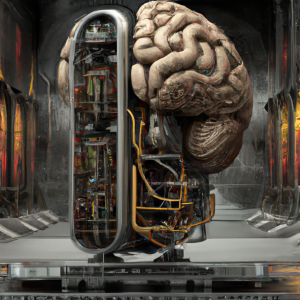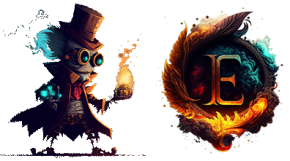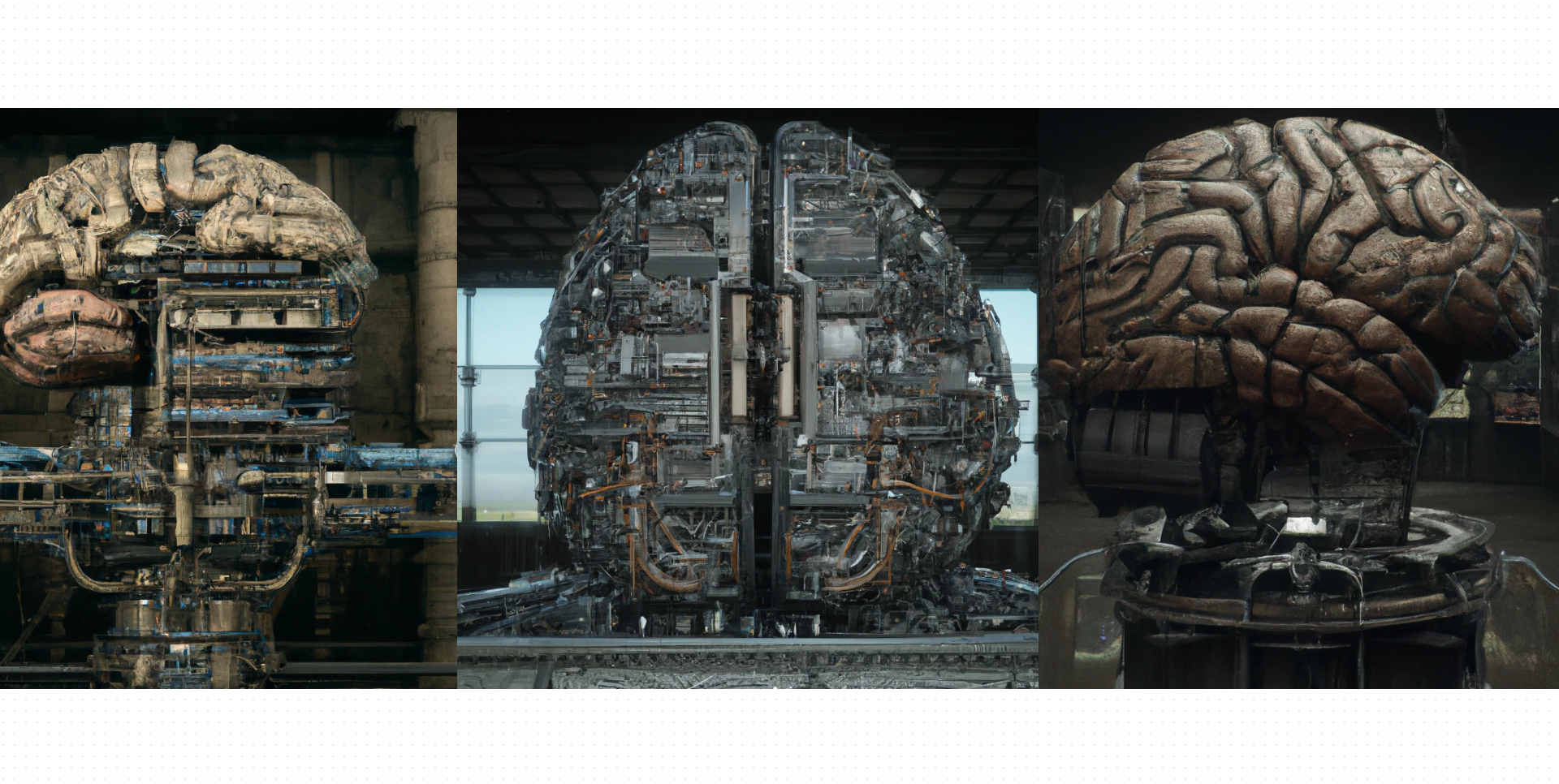The days of manually carrying out tedious and repetitious VFX tasks are gone – automation has arrived, commanded by machine learning and artificial intelligence! Nowadays, you can easily accomplish art tracking, rotoscoping compositing, animation or any other task with just a few clicks. Artificial Intelligence makes it possible to take on mundane yet time-consuming projects so that VFX professionals have more freedom to devote their energies into the creative side of their work. The future is here; let AI make it brighter for your workflow today!
Practical Uses
The laborious and time-consuming task of rotoscoping – manually outlining objects in a video, frame by frame – can now be made easier thanks to machine learning algorithms. This software is able to identify and trace objects with remarkable accuracy, saving you both precious hours as well as providing more precise visuals for your next masterpiece. Automating the rotoscoping process results in higher quality visual effects that appear professional rather than amateurish.
Machine learning has drastically revolutionized facial recognition and motion capture. By utilizing AI, the tedious process of manually tracking each facial feature is now automated with improved accuracy. This not only saves time but also eliminates labor for VFX artists to perform such a task. Thanks to advanced machine learning algorithms, this entire process can now be automated. The software is extremely swift and accurate when it comes to identifying and tracking facial features which not only reduces time and effort but also increases the precision of the recognition process. This means that we get more realistic-looking visuals as a result!
Creative Uses
AI has a plethora of potential applications in VFX, from rotoscoping and compositing to animating! Through machine learning algorithms, animation processes are simplified as the software is able to learn from existing animations and create new ones. This not only contributes to an expansive time-saving experience but it also encourages exploration with unique styles and techniques that extend what creativity can do for animation.
Adverse Consequences
Adopting AI in VFX comes with its impediments, chief among them being the fear that it could supplant human experts. It is true, to a certain degree; AI can automate some procedures and expedite processes, but technology cannot match the creativity of people’s minds or their capacity for artistic vision. Therefore we must recognize that visual effects artists are indispensable as they bring skillful artistry to every project and invaluable uniqueness through their ideas.
In conclusion
With the advent of machine learning and AI, VFX artists are being empowered to take on more creative tasks without having to worry about tedious processes. The future of VFX is undoubtedly powered by these technologies so that production companies can create content faster and with fewer resources. Despite certain challenges ahead, it’s clear that dynamic visuals will be part of our entertainment landscape for many years to come!




[…] workflow and increase efficiency, we can expect the VFX industry to embrace data analytics and machine learning more often. Through employing a data-driven approach, independent filmmakers have an opportunity to […]
[…] Both are advancing toward the future by implementing machine learning. […]